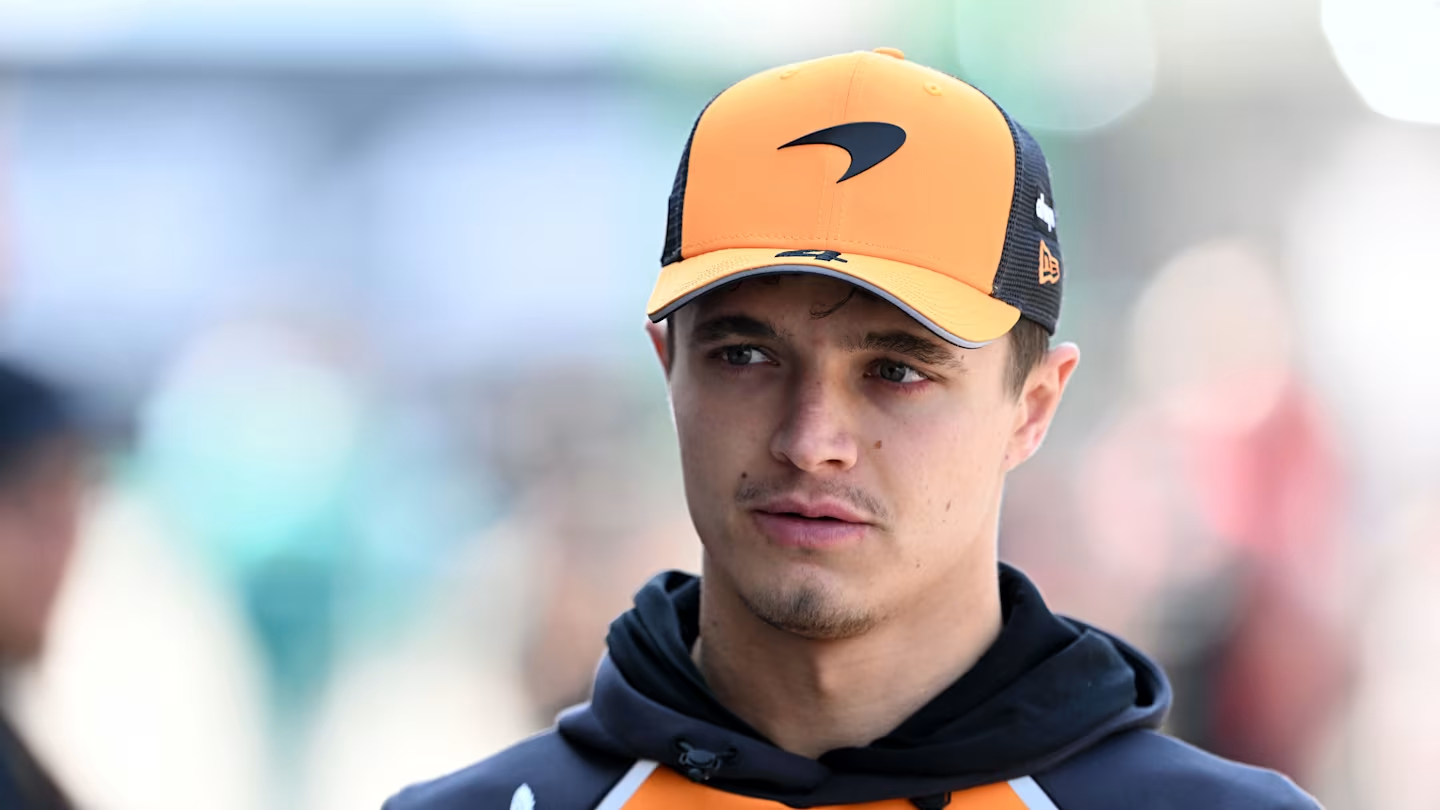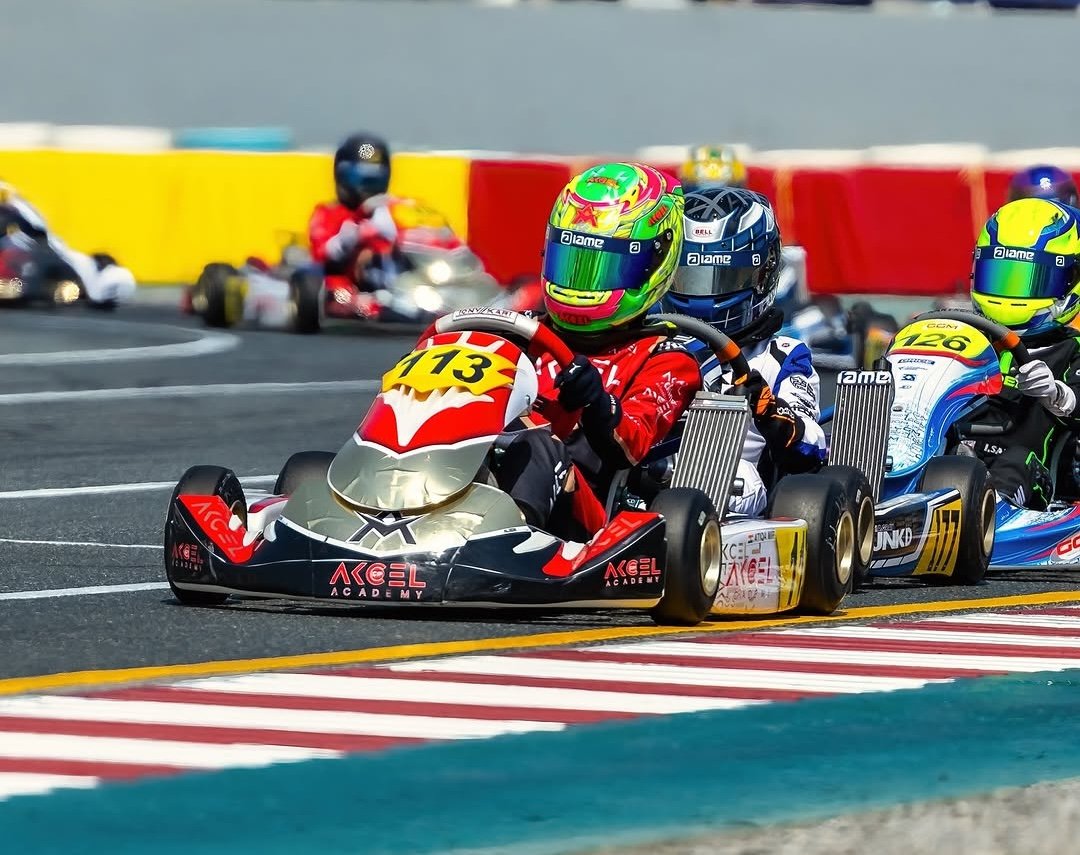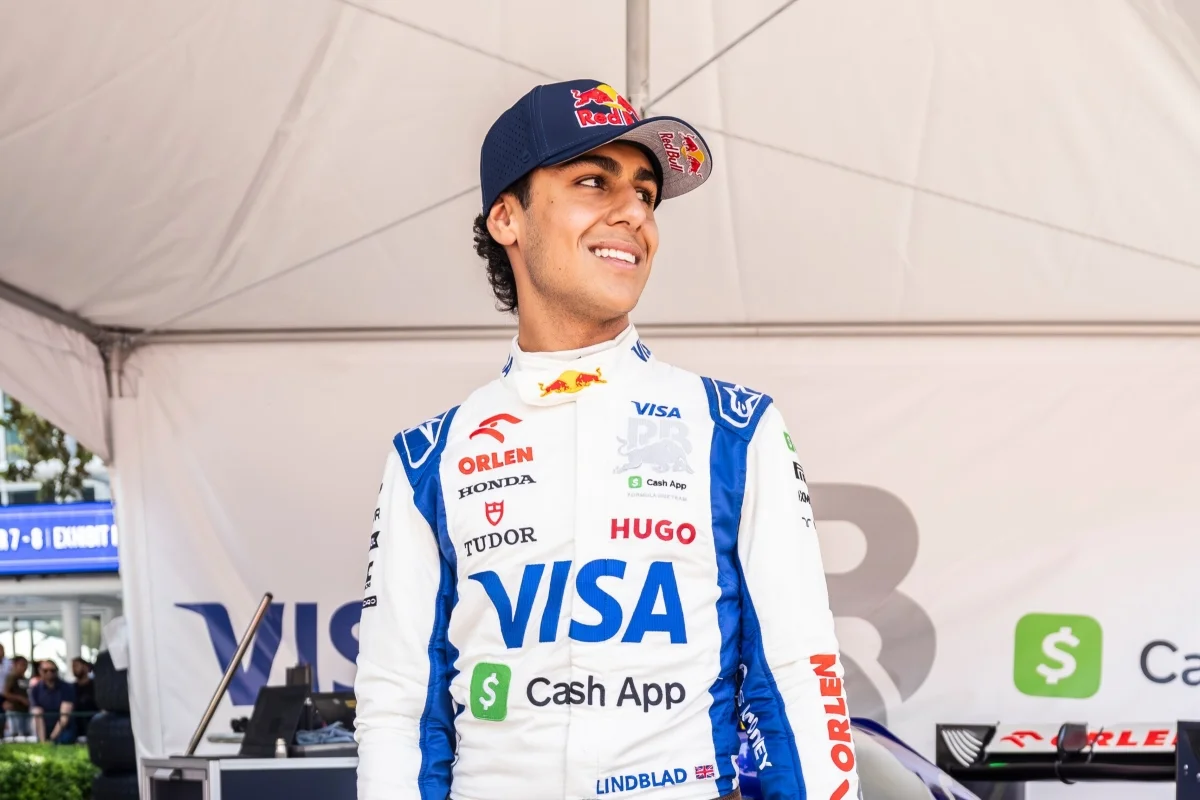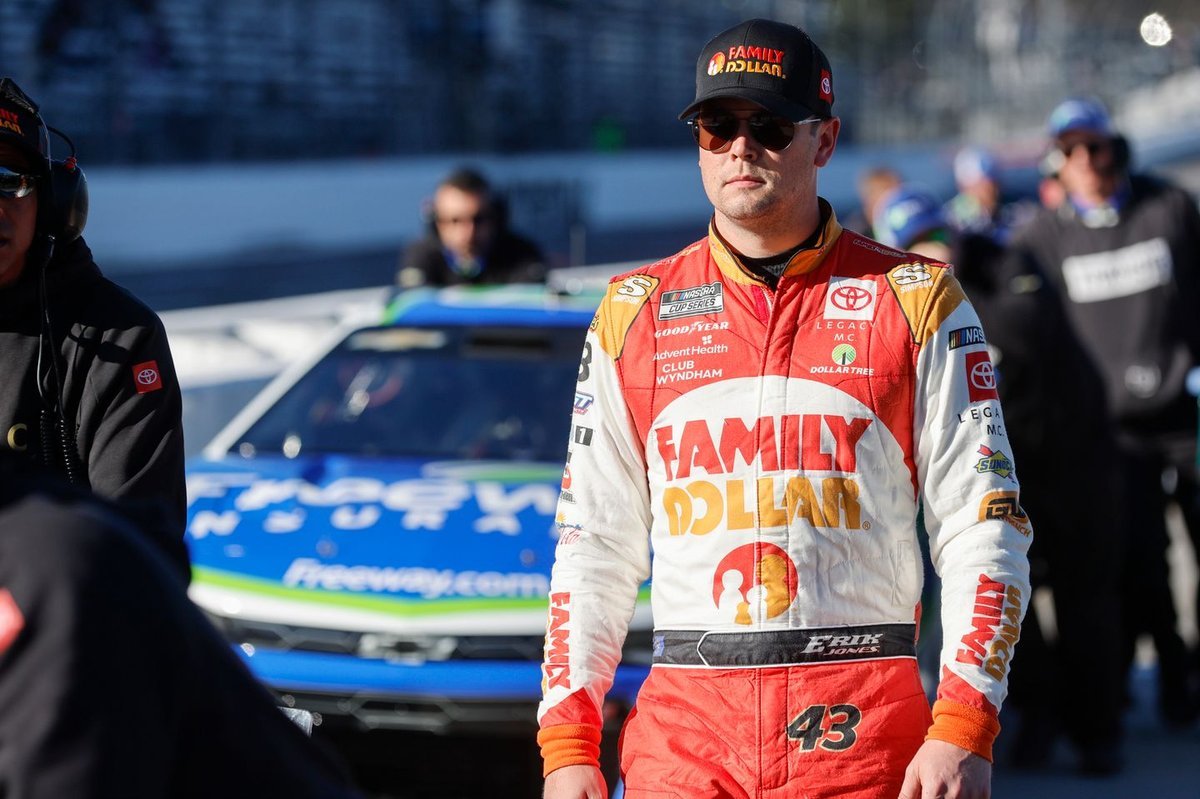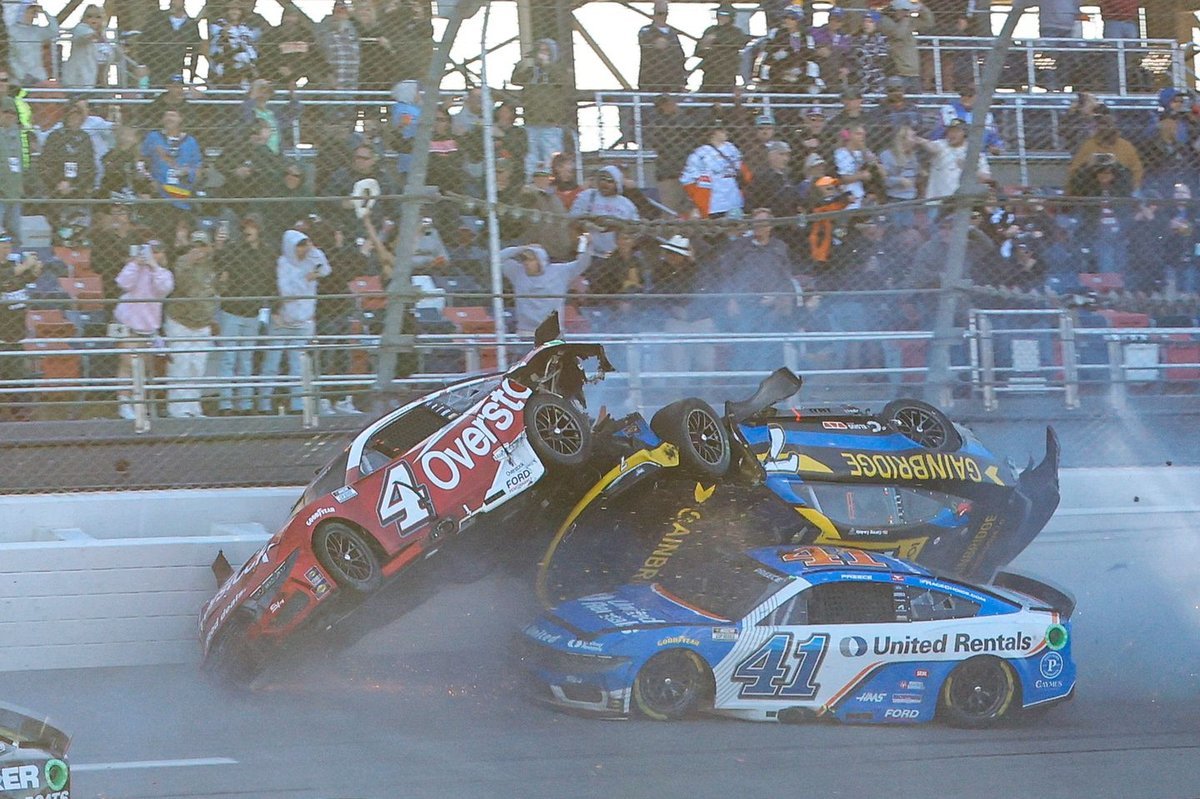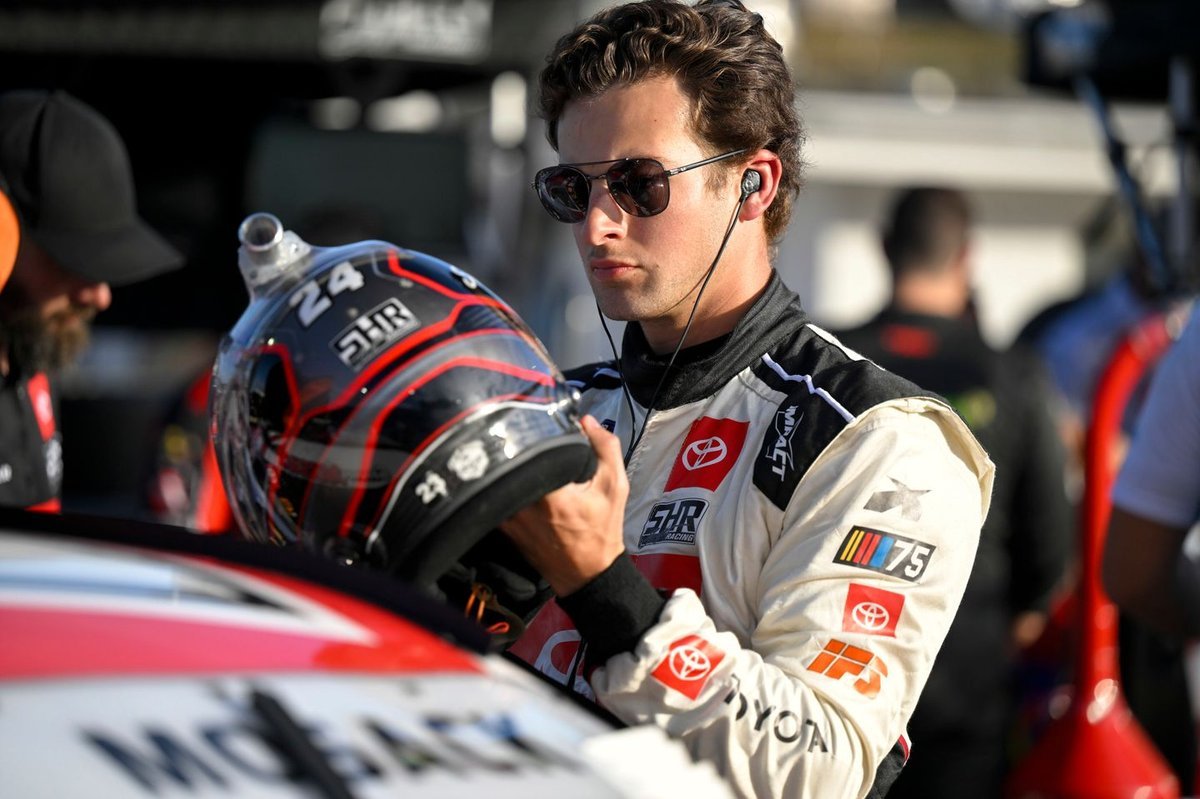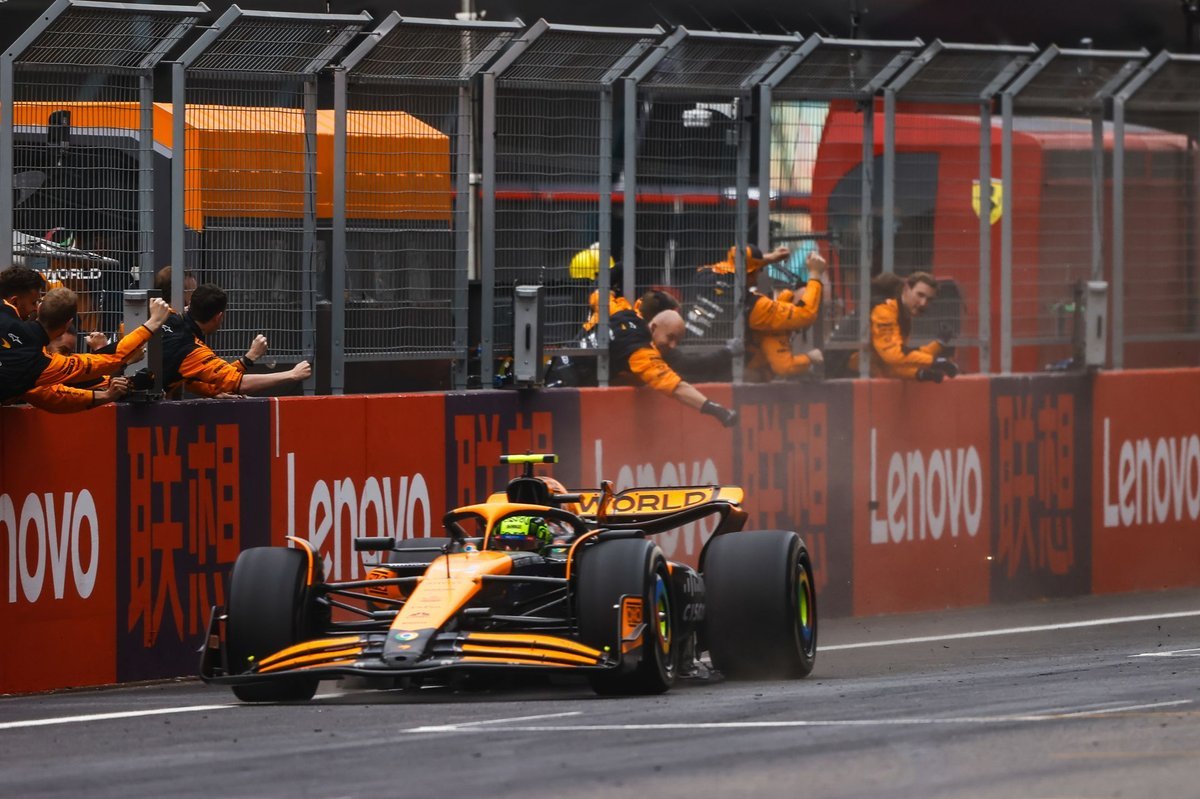
Introduction
In the dynamic realm of Formula 1, technical regulations continually evolve to ensure fair competition and technological integrity. The Fédération Internationale de l’Automobile (FIA) recently introduced a technical directive targeting rear wing flexibility, a move that has garnered significant attention within the motorsport community. This directive, perceived by some as a response to Red Bull Racing’s innovations, has implications for several teams, including McLaren. Lando Norris, McLaren’s lead driver, has addressed these developments, providing insights into the team’s position and compliance.Diario ASAP News+1Motorsport Week+1GPFans+3Motorsport Week+3SPORTbible+3
FIA’s Technical Directive on Rear Wing Flexibility
The FIA’s latest technical directive aims to curtail excessive flexing of rear wings, a phenomenon that can confer aerodynamic advantages akin to a “mini-DRS” effect. Specifically, the directive tightens the permissible slot gap movement from 2mm to 0.75mm, with plans to further reduce it to 0.5mm in subsequent races. This measure seeks to prevent teams from exploiting rear wing flexibility to gain performance benefits, thereby maintaining the sport’s regulatory integrity. Diario AS+4Grandprixnews.com+4Last Word On Sports+4
McLaren’s Stance and Compliance
Lando Norris has confidently stated that McLaren’s MCL39 car adheres to the new regulations without necessitating modifications. He emphasized that the team’s rear wing design is well within the FIA’s stipulated limits, suggesting that McLaren has not been pushing the boundaries of rear wing flexibility. Norris remarked, “We don’t have to change anything. In fact, ours is probably too good and we probably are not pushing the limits enough.” The Independent+1Sky Sports+1Latest news & breaking headlines+3Motorsport Week+3F1 Oversteer+3
This assertion underscores McLaren’s proactive approach to regulatory compliance, reflecting their commitment to fair competition and technical excellence.
Implications for the Chinese Grand Prix
The forthcoming Chinese Grand Prix, featuring the season’s first sprint weekend, presents an opportunity to assess the impact of the FIA’s technical directive on team performances. While some teams may need to adjust their rear wing designs to comply with the new regulations, McLaren’s adherence suggests they can maintain their competitive edge without significant alterations. Norris’s recent victory in Australia and his current lead in the drivers’ standings position him as a formidable contender in Shanghai. Aktuelle Nachrichten | BILD.de+11Sky Sports+11AP News+11Grandprixnews.com+5Motorsport Week+5Reuters+5AP News+1Reuters+1
Broader Context: Rear Wing Flexibility in F1
The issue of rear wing flexibility has been a focal point in Formula 1’s ongoing quest for aerodynamic optimization.Flexible wings can reduce drag and enhance straight-line speed, offering a competitive advantage. However, excessive flexibility can contravene regulations designed to ensure structural integrity and equitable competition. The FIA’s intervention seeks to standardize rear wing behavior across teams, thereby preserving the sport’s competitive balance.Latest news & breaking headlines+3AP News+3F1 Oversteer+3The Independent
Conclusion
Lando Norris’s affirmation of McLaren’s compliance with the FIA’s tightened regulations on rear wing flexibility highlights the team’s dedication to regulatory adherence and performance excellence. As Formula 1 progresses through the season, the implications of these technical directives will continue to unfold, influencing team strategies and the competitive landscape. McLaren’s proactive compliance positions them favorably as they navigate the challenges and opportunities presented by the evolving regulatory environment.

